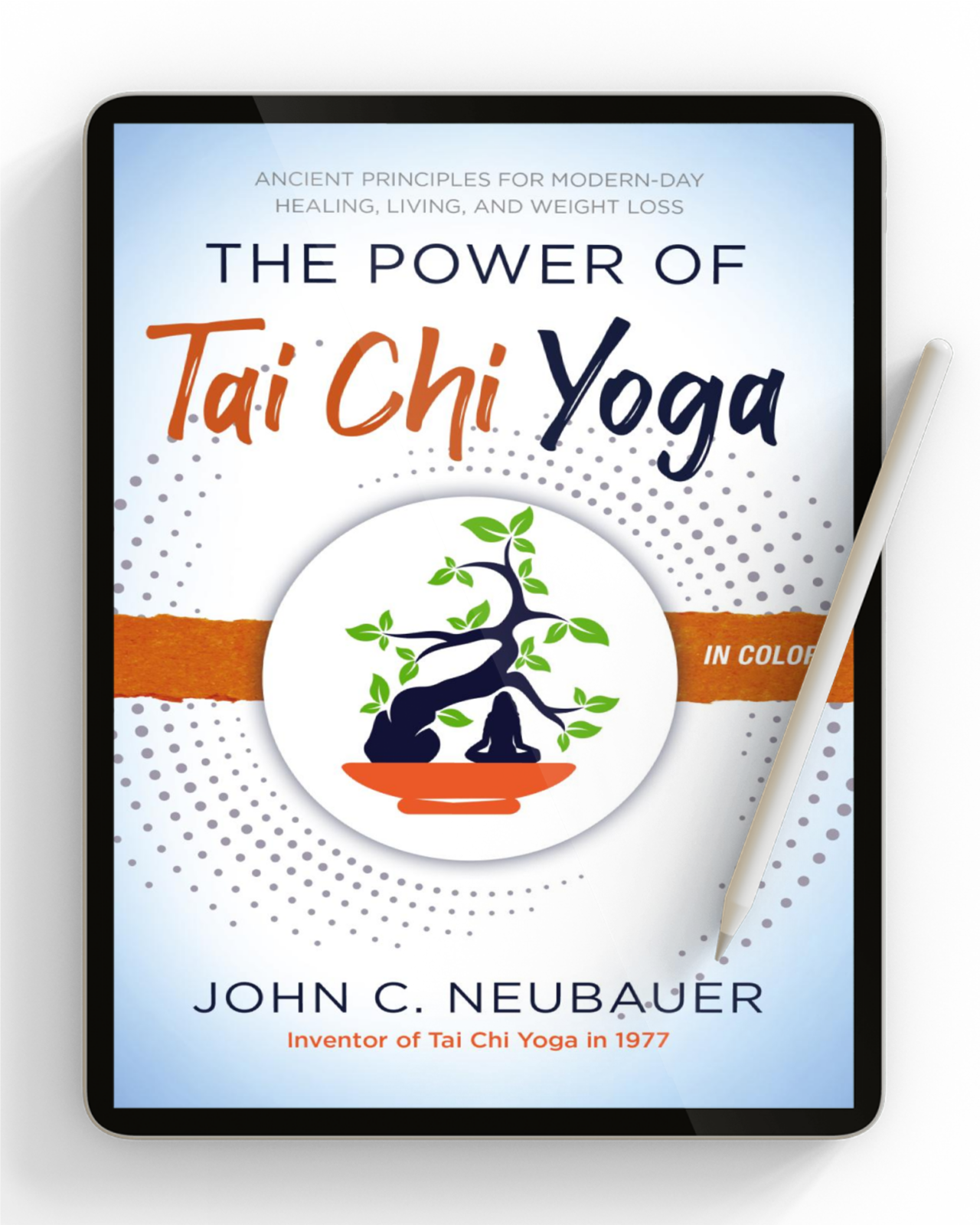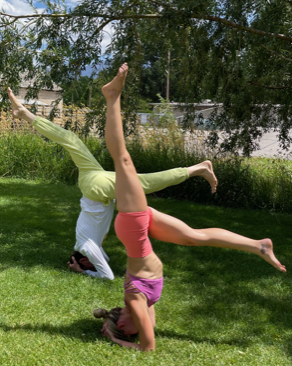
The Power of Tai Chi Yoga: Ancient Principles for Modern-Day Healing, Living, and Weight Loss
“What in the world is tai chi yoga,” a friend once asked. “Isn’t tai chi an ancient Chinese martial arts and yoga an ancient Indian series of stretching, breathing, and relaxation techniques? Aren’t you crazy to combine the two? Isn’t that like mixing oil and water?”
Welcome to my world, as crazy as it may appear to the distant observer. For nearly fifty years, tai chi yoga has been a part of my life every morning and evening. It is as natural to my life as taking a hot shower, eating a fine meal, and receiving a tender caress. How I breathe, how I walk, how I work, and how I respond to danger and stress are all influenced by my years of practicing and teaching tai chi yoga.
In the 1970s, I owned and operated Yoga East in Louisville, Kentucky, one of the largest yoga teaching schools in the US at the time. I had practiced Hatha yoga since 1973 and began teaching in 1974. A friend approached me one day asking if he might rent my facilities during non-use times to teach tai chi. I consented in exchange for his teaching me tai chi.
When I began practicing yoga, I loved the stretches, the deep stomach breathing, and the relaxation. My body thrived on its daily practice. It improved every facet of my life. With yoga, I felt myself unwind. But I noticed there were still knots of tension in certain muscles that yoga alone couldn’t fix—especially in the neck and shoulders. As I began to learn tai chi, I noticed those knots of tension diminishing. I found I loved tai chi as much as yoga. With tai chi, I felt like I was floating when I did it.
After studying tai chi for several months, I experienced a dilemma; that being I did not want to have to practice two separate disciplines every day. That dilemma led me to ponder how I might combine the two into a single discipline that allowed me to feel the unwinding and the floating all in one. Thus, the innovation of tai chi yoga.
I am 75 this year (2023). Before tai chi yoga, my hair was falling out at 20. Today I have a full head of hair with few gray hairs and with drops of artificial color never having touched my hair. Before tai chi yoga, my sleep was always interrupted by debilitating leg cramps from my days of college basketball. Since then the leg cramps have disappeared.
Before tai chi yoga, I lacked the ability to listen clearly and remember precisely. Today my mind concentrates better and discerns more subtleties than it ever did. Plus I have been able to memorize and recite regularly from memory over 500 verses of scriptures, poems, and famous quotes. Before tai chi yoga, I was 6 feet 3 inches, and stiff and clumsy. Today I retain exceptional balance and grace. Most days I retain most of the flexibility of a normal 30-year-old. I still have strength. I love the feeling that comes from one-legged and headstand balancing. My doctor told me last year that my heart likely has another 50 years left.
I attribute all of this to these nearly fifty years of tai chi yoga. Feeling, looking, and acting younger than my years are among the dividends of a lifetime of daily enjoyment. And unlike regular exercise, practicing tai chi yoga never feels like work. I feel as good doing tai chi yoga as I do after I have finished. I look forward to doing it every day. Being able to feel myself unwind and float each day is an untold blessing.
Does that mean life is great all the time? Of course not. I am no less immune than anyone else to the stress, sorrows, and pains of everyday life. But having tai chi yoga in my life every day diminishes the stress, softens the sorrows, and heals the pains more quickly.
Over the years I have derived innumerable benefits from its daily practice. This book is a compilation of stories that showcase many of those benefits and the power of tai chi yoga in my daily life. May you realize those benefits and that power in your life.
Some moves . . .
Headstand in the park . . . The sponge . . . Back stretch . . . Headstand at home . . .




